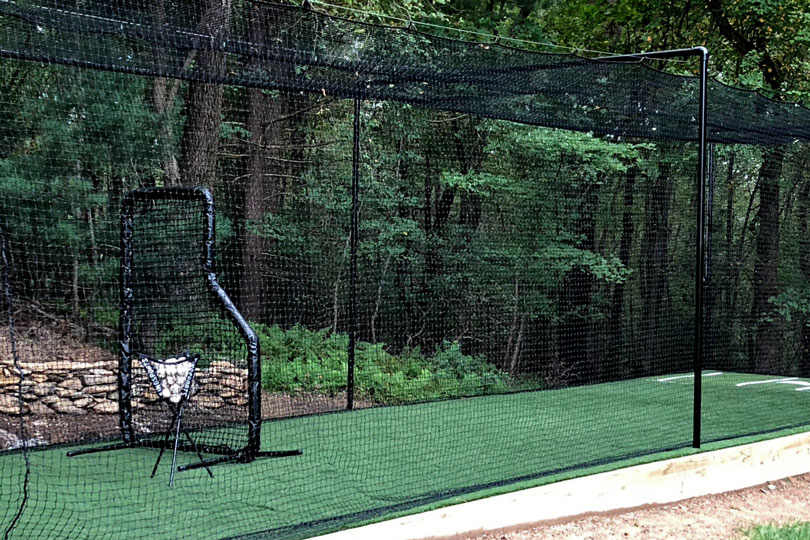Clinical Challenges: HCM and Exercise — The Ball Is in Whose Court?
[ad_1]
Cardiologists are drifting away from blanket constraints on work out for men and women with the most widespread genetic cardiomyopathy triggering unexpected cardiac demise in the young — hypertrophic cardiomyopathy (HCM). But how are people and medical professionals now anticipated to make personalised and informed conclusions?
Fears of HCM clients triggering a daily life-threatening arrhythmia through workout stem from the presumed unstable myocardial substrate in these folks. In the previous, pro feeling on this resulted in people currently being barred from vigorous training and most aggressive sports, irrespective of the identified benefits of common actual physical action.
Now, evidence continues to mount that physical exercise poses a reduce chance for unexpected loss of life in HCM than earlier assumed. Modern information suggest that the biggest proportion of unexpected dying in athletes, as very well as young persons in common, happens in people today with normal hearts, with HCM accounting for considerably less than 10% of cases. Reporting biases hold the exact amount of HCM-related deaths mysterious, however.
Also muddying the h2o are observations that athlete unexpected deaths, even when HCM is concerned, typically happen outside the house work out.
Rachel Lampert, MD, an electrophysiologist at Yale College of Drugs in New Haven, Connecticut, explained that we merely never have info nevertheless on continuing sports activities for people who do not have defibrillators.
Data suggest that when an implantable cardioverter-defibrillator (ICD) is positioned, the patient’s danger from workout is very very low. Lampert’s team observed in a registry research that athletes fitted with ICDs experienced no situations of physical damage or failure to terminate the arrhythmia over 2 a long time.
The Live-HCM possible observational examine evaluating results of HCM sufferers who exercising reasonably or vigorously vs . keeping sedentary has concluded enrolling and with any luck , will be analyzed by Lampert’s group by the stop of this calendar year, she mentioned.
Acknowledging the gaps in the literature on HCM patients without the need of ICDs, the latest suggestions have turn out to be more calm in keeping average- to high-depth sporting activities participation an solution for patients. In individual, suggestions stressed weighing distinct threats and positive aspects in discussions amongst individual and clinician.
“The prior method, in my feeling, was a lot more paternalistic, that ‘in the absence of knowledge, we need to be cautious, so we should prohibit individuals from accomplishing sports.’ Now the present method is more based on shared choice-creating, which indicates that our position is to assist sufferers and give them the info they have to have to make the final decision,” said Lampert in an interview.
For a individual who will not have any threat things suggesting elevated possibility, the cardiologist requires to share the data out there and support the individual consider their own tactic to hazard, she included. “Some say, ‘If you can’t say it can be danger-totally free, I’m not performing it’ … There are other people that say, ‘Risk is a part of life. I’m going to reside my existence, not permit opportunity tiny risks place a restrict to what I do.'”
In fact, a detailed threat assessment is critical to shared decision-building, according to preventive and athletics cardiologist Elizabeth Dineen, DO, of the University of California Irvine.
“We start out with a heritage and physical, especially focusing on any work out-related signs or symptoms earlier or current and loved ones historical past, and make sure we have echocardiogram, Holter watch, worry take a look at, and cardiac MRI facts to guide the evaluation and up coming techniques,” she instructed MedPage These days.
Variables that level to increased risk incorporate youthful age, a background of unexplained syncope or nonsustained ventricular tachycardia, late gadolinium improvement on cardiac MRI, a thicker left ventricular wall, and a spouse and children background of sudden cardiac death.
“For those people asymptomatic and considered minimal danger for unexpected cardiac death from a cardiovascular standpoint, the data is moving in the path of supporting their participation if it is deemed an appropriate chance from the athlete, dependent on their specific hazard and the intensity of training they desire to have interaction in,” Dineen stated.
There is an being familiar with that some hazard does exist, she claimed. The stage and intensity of competition could reveal an crisis motion system and/or further help.
But some say there are downsides to this new way of performing items. Scenario in stage: a problem wherever athlete, cardiologist, and trainer disagree on the level of appropriate chance.
“Unquestionably, balancing affected individual autonomy with respect for the common superior in buy to stop catastrophic events in activity is a substantial challenge,” wrote athletics drugs physician Jonathan Drezner, MD, of the University of Washington in Seattle, and colleagues, in a overview post from 2020.
“Most younger athletes do not take into account themselves susceptible to the hazards of activity, catastrophic injuries, or sudden dying. In mixture with the lure of fame and/or fortune or family force for economic obtain, this raises an significant moral concern: can younger athletes genuinely make an unbiased and educated conclusion under duress?” the group asked.
What clinicians can all concur on is that positioning an ICD for the sole objective of a decreased-danger HCM patient participating in sporting activities is a poor thought.
“A defibrillator is a fantastic product for men and women who are at considerable possibility of dying from cardiac arrest. Nevertheless, if you never require 1, you do not want a single. The chance of implantation is not zero, and there are extensive-expression potential downsides,” Lampert explained.
Disclosures
Lampert and Dineen disclosed no applicable conflicts of fascination.
[ad_2]
Source hyperlink



